I spent the earlier part of today trolling through the factories of East Williamsburg/Bushwick looking for interesting blocks that could stand-in for an industrial section of Manhattan. One of the great parts about walking through these otherwise deserted stretches of Brooklyn are the smells. There are lots of factories making various food products, and different odors slam into your nostrils at every corner. For example, around the Wonton factory, it smells distinctly like cooking dough and soup spices.
And nothing beats the smell around the Acme Cake Factory. (Seriously, isn’t this the type of place you assume that, despite the old sign and crumbling paint, has a hundred works in chef outfits making the best cakes in the world?).
The outskirts of the neighborhood are changing though. Hipsters are starting to trickle in from Williamsburg and Greenpoint, as evidenced by this totally lame graffiti:
Even though the neighborhood is somewhat gritty, the level of detail in some of the buildings never ceases to amaze me. I mean, a high-priced building nowadays is lucky to get any ornamentation at all. You only have to walk five or six blocks to find some of the new additions to Williamsburg proper, which are literally nothing more than a brick boxes with windows. They’re certainly not like when these were built, when a standard for buildings existed regardless of income. I’m sure the design here (Jefferson Street btw. Knickerbocker and Irving) was commonplace and simple for the day, but now gives the buildings an added sense of style.
Seriously, these are above EVERY window on BOTH sides of the street. Pretty amazing when you take a moment to look around and see these heads staring down at you.
Right around the corner is this sign for a jewelry store. I love the $100 bill above the awning. Very cool in an age when most people would be satisfied with just the awning.
After, I traveled way down south to an industrial section known as Sunset Park, just below the Costco at 39th Street and 2nd Ave. This neighborhood features one of my favorite relics from an older New York: cobblestones and train tracks to nowhere.
I love cobblestones. OK, they’re shitty to drive or bike on, but the durability is unmatched. I love finding holes through the cheap, short-lived pavement revealing cobblestones that have probably been there for over a hundred years, and will easily be there a hundred years to come.
I didn’t have time to take many pictures, but the tracks used to weave directly into warehouses, and you can still see many remnants of this old system.
Sadly, there are lots of stray kittens in the area. Damn those adorable cute eyes pleading for a home! Sniff!
Over on 42nd btw 2nd and 3rd is this old sign above a door for York Refrigerating Machinery.
Though the building is now used for a different purpose, the YORK company is still in business and dates back to 1874. Wish I could read what the edge of the circle reads: “Simply constructed (?)…”
-SCOUT
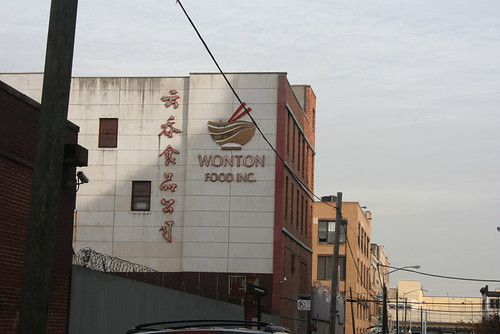
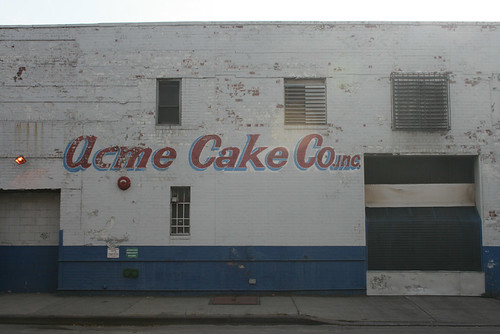
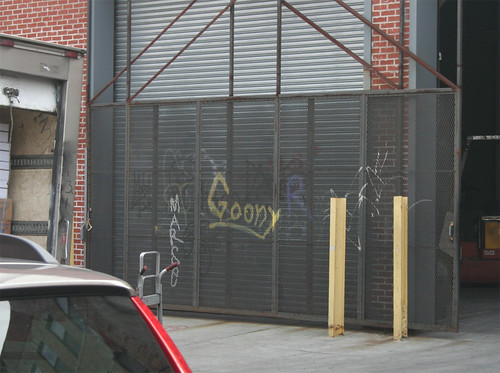
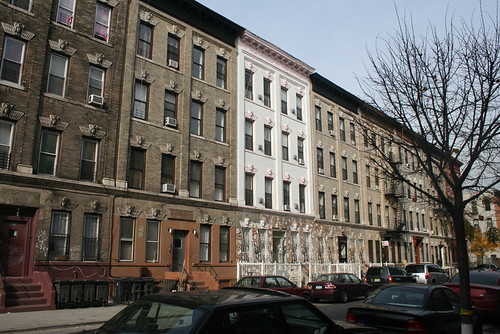




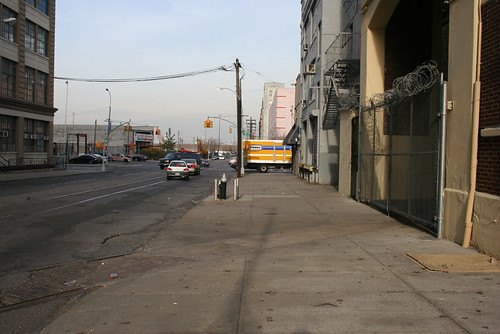
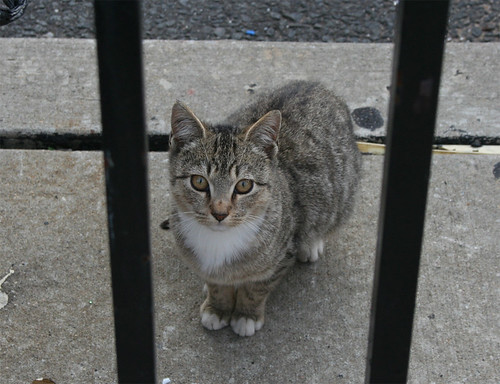
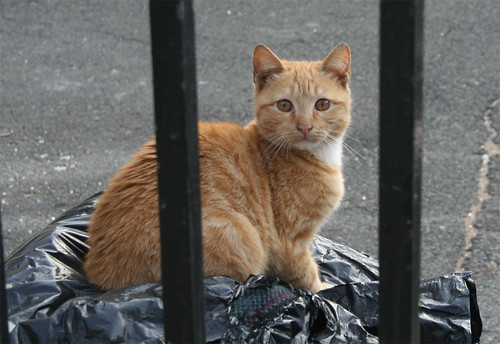


I’m thinking that the edge of the circle actually reads “Shipley Construction and Supply Company” I know Thomas Shipley was at one time involved with the York Manuf Co and this could have been a spin off or reconglomeration of some sort. Pretty cool though
The photo of the cobblestone street with the cargo van looks astoundingly like a street near the hauptbahnhof in Frankfurt, Germany. Just get rid of that sign to 278.
Living in the midwest is like a totally different world than Europe; it is fun to find those little mementos of the old world in America.
The details on those buildings was very common in any area that had a very high proportion of German immigrants and that is exactly the case for this neighborhood when these walk-ups were constructed for the working class from the period roughly 1900-1915. The faces are a Pagan symbol that is supposed to symbolize virtue and luck. Female symbol were also very common with these German stone masons.
Kings County before WWII was well known nationwide for it’s beautiful well constructed highly valued architecture.